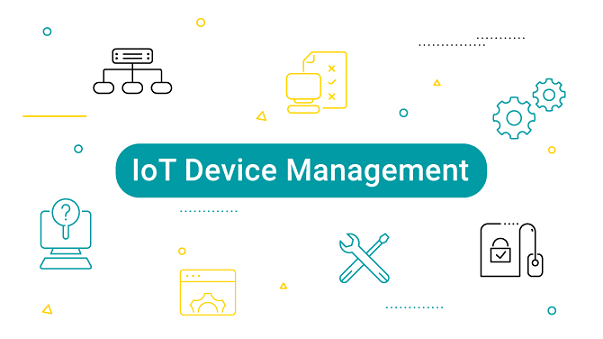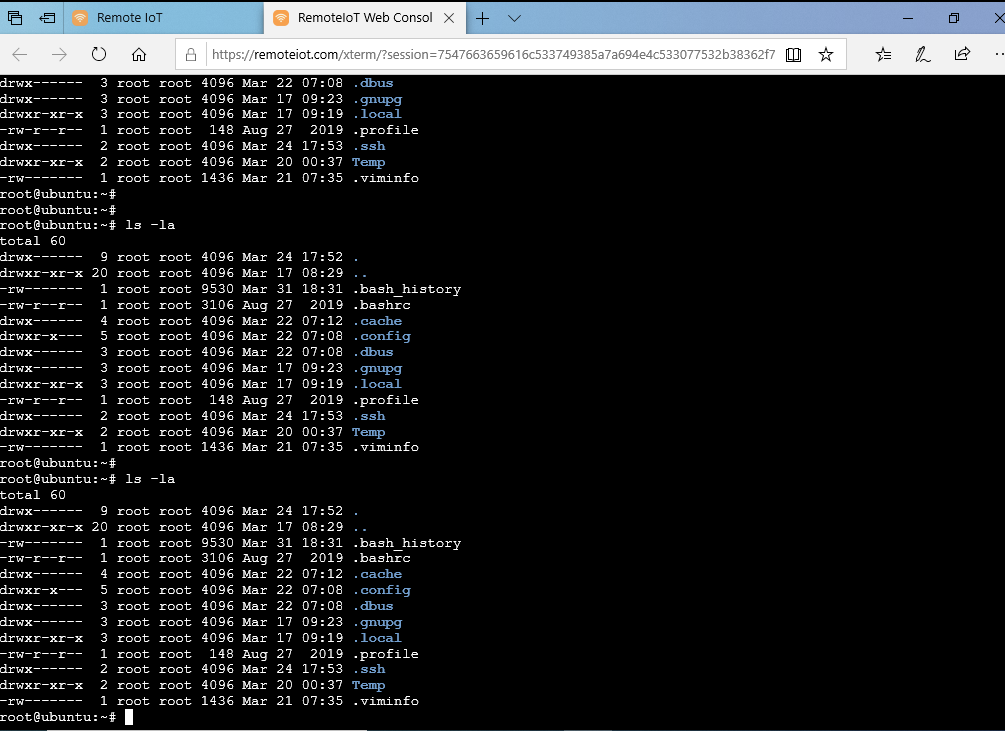How People Can Remotely Manage IoT Devices: A Practical Take on IoT Device Management
It would be a nightmare to have to physically visit each IoT device whenever anything needed to be corrected! Especially for businesses with devices scattered across many locations. Remote access is beneficial in this scenario. Consumers may remotely access IoT devices without leaving their home or workplace to check their status, repair problems, and even update them.

Remote access lets people:
- Roll out updates on the fly.
- Keep an eye on performance and spot issues early.
- Apply security fixes without having to be on-site.
- Manage large-scale IoT setups easily.
SSH: The Key to Smooth Remote IoT Management
When customers want a more reliable and secure means to remotely control Internet of Things devices, Secure Shell (SSH) is often their first choice. SSH is a highly secure protocol that encrypts all data transmitted and received between the user and the device, safeguarding consumer privacy and preventing unauthorized access. This is critical for organizations since data breaches may result in significant financial losses, reputational harm, and legal concerns. SSH enables users to safely upgrade, debug, and analyze the performance of IoT devices from a distance. It's a simple yet effective way to secure personal information while keeping IoT devices functional.
By using Remotely ssh IoT Devices, people can:
- Safely access their devices: SSH ensures that all communication is encrypted, making it tough for anyone to hack into the system.
- Run commands remotely: Whether it's tweaking settings or fixing bugs, SSH lets people do it all without being physically present.
- Solve problems on the spot: With SSH, real-time troubleshooting becomes possible, allowing issues to be fixed before they turn into bigger problems.

Why Managing IoT Devices Remotely Rocks
The benefits of remotely managing IoT devices are obvious, especially for people dealing with large setups or multiple locations. Here's what makes remote management so handy:
- Faster Fixes: No more driving to each device's location - people can manage everything remotely.
- Lower Costs: Forget about sending tech teams out for on-site maintenance. Remote access cuts down on travel and personnel costs.
- Better Security: Remote access means devices can be updated with security patches faster, keeping hackers at bay.
- Scalability: As IoT networks grow, remote management makes it easy to keep up with more devices without the extra hassle.
The Challenges of Remote IoT Device Management
- Spotty Connectivity: If a device is in a place with bad internet, it can be tough to manage it remotely. Without a solid connection, troubleshooting can become tricky.
- Complicated Setups: As the number of IoT devices grows, keeping track of them all can get overwhelming. People need a reliable platform to handle everything smoothly.
Tips for Managing IoT Devices Remotely
To help make remote IoT management easier, people should follow a few best practices:
- Secure it all: Encryption should be a top priority. Make sure devices are protected using secure protocols like SSH.
- Stay Updated: Regular updates are a must. Keep firmware up-to-date to avoid any vulnerabilities.
- Use monitoring: Helps to keep an eye on device performance in real time and spot issues before they become major ones.

Conclusion:
In today's networked environment, remote administration of IoT devices is essential for scalability, security, and effective operation. Without needing physical access, businesses and individuals may utilize technologies like remote SSH to keep control of their IoT networks, quickly troubleshoot issues, and implement changes in real time.
By employing effective IoT device management techniques, people may save time, money, and keep their devices operating at optimal efficiency, leading to a seamless IoT experience in a variety of settings.
